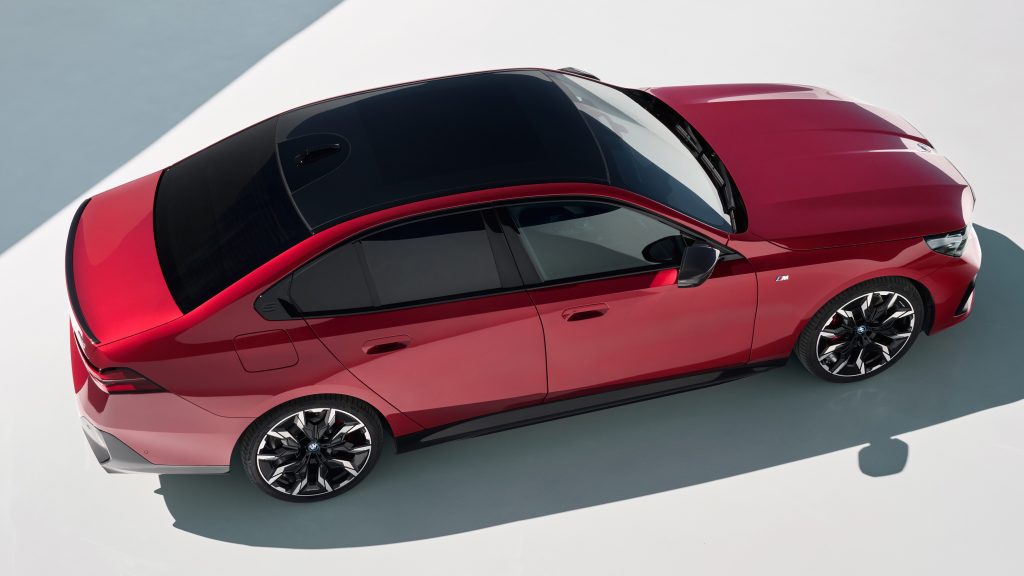Envista crossover has started the brand’s global reinvention. Let us take the opportunity to review key points of Buick’s design trends over the past decades
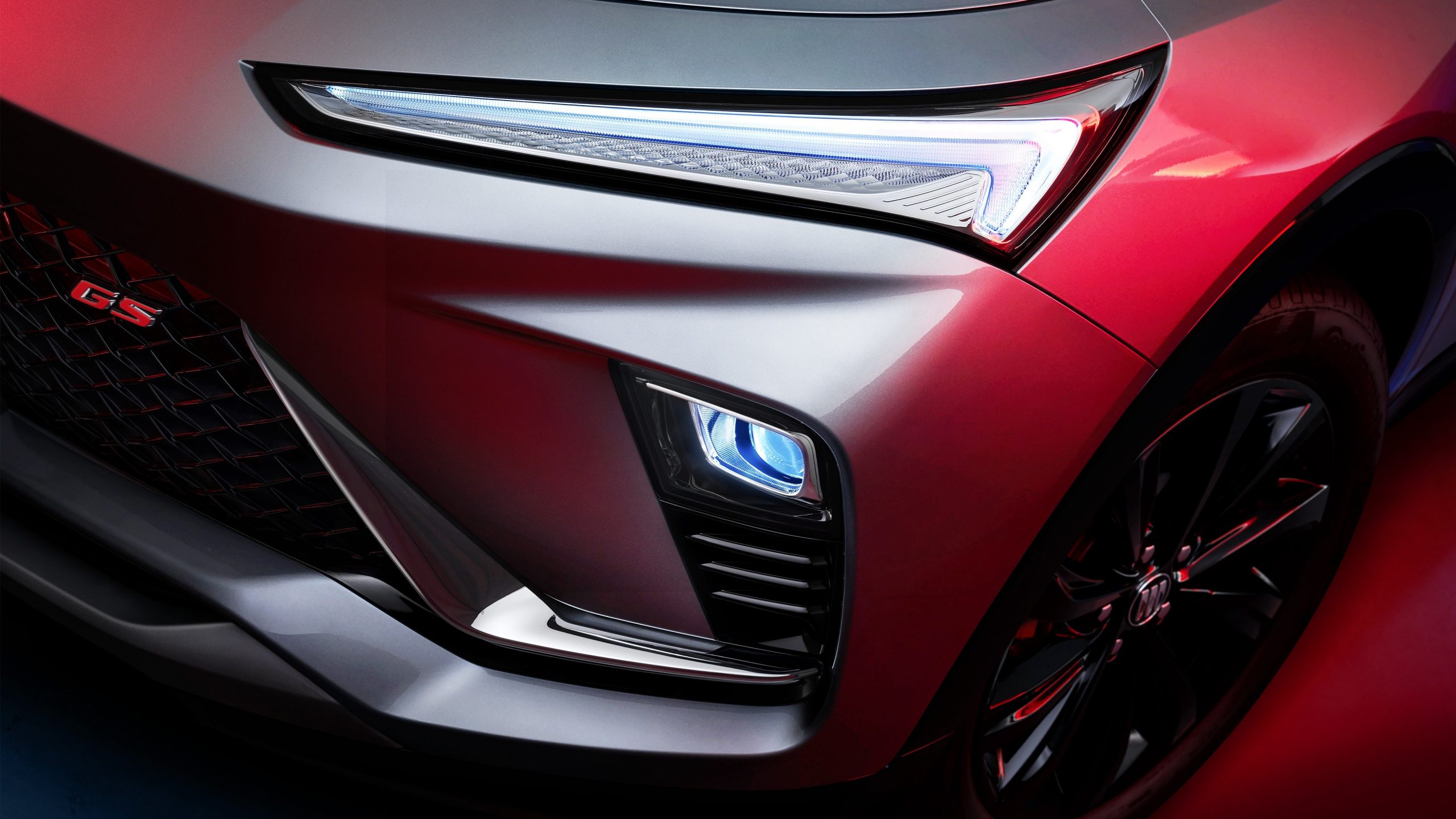
- All-new Envista is the first car to feature Buick’s most recent design language
- North American automaker has a rich history of innovations in external design
- Lately, Buick is undergoing deep changes in order to adapt itself to new times
When people talk about cars, Buick is rarely an example they mention for anything. It is not expensive nor cheap, not gorgeous nor horrible, not a best-seller nor a flop… The brand has managed to fly under the radar for decades. While stability is desirable in the market, a weak image is not. The Envista crossover we are seeing here marks Buick’s most recent effort to rebuild its image and attract people’s attention.
What most people may not know is that this is not something new for it. Buick has been active for over a century and made wonderful use of that time. Not only has it created some mechanical innovations, but it has also developed several interesting design elements. This article takes the Envista’s release as a chance to reminisce about Buick’s past milestones, especially in terms of car design. Let us take a closer look!
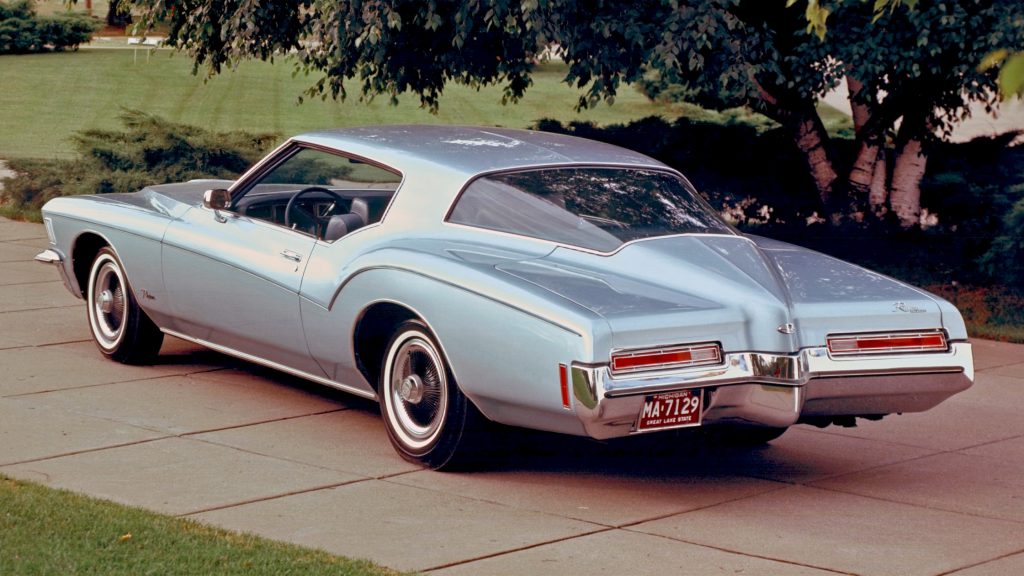
Tell me about Buick design
In the golden era of GM’s multi-faceted strategy, each brand had a clear target audience. Chevrolet would take entry-level customers, Cadillac aimed at conservative luxury, Oldsmobile took a generalist approach, and Pontiac focused on sporty cars. Buick was free to offer what we could label “stylish refinement”. Ideal for people looking for a well-equipped car without the style or the price of a traditional limousine.
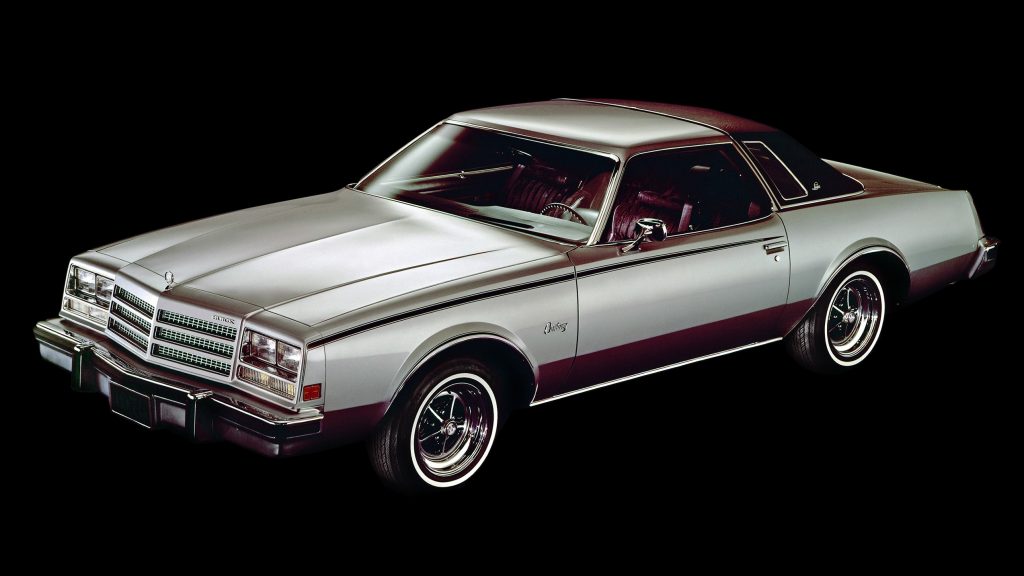
Over the decades, Buick has ventured into many segments. The Special was a successful no-frills car; the Skylark combined performance and luxury; the Estate was a strong contender among station wagons; the Reatta was a high-tech sports car; the Wildcat was a luxury sedan… Not to mention the Regal, which had a sporty edition of a sporty version: the GNX became the fastest car made in the USA at the time.
Buick design is also intriguing when it comes to concept cars. The 1951 LeSabre used unique design items like wraparound windshield and centralized lights. In 1956, the Centurion featured a fiberglass body and a transparent bubble roof. The 1963 Silver Arrow introduced the concept of personal luxury in the division. And the 1938 Y-Job, filled with new items for its time, is simply the very first concept car ever built.
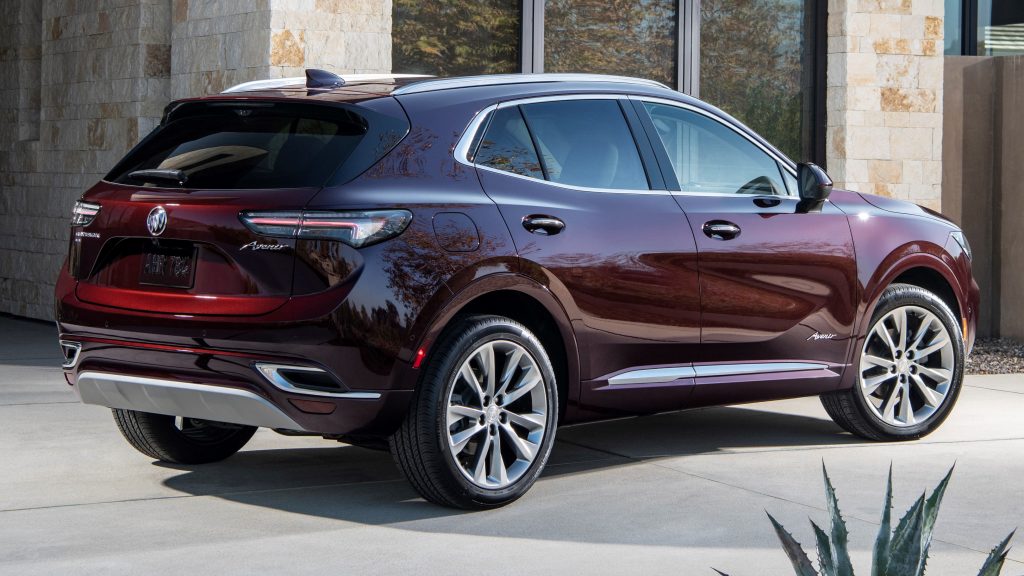
The icons of Buick design
Many decades ago, Buick’s logo was totally different. It was text-based until 1937, when GM created a red shield based on the founder’s coat of arms. That logo would only change again in 1959, when it became the famous tri-shield. The goals were to simplify the overall look and to represent the three luxury cars of that time: Electra, LeSabre and Invicta. It could come in red/blue/white or be simply transparent.

There was a brief period when Buick used a hawk named Happy as its logo. However, it came in the 1970s and went away in the 1980s with the Skylark model. The tri-shield came back always transparent with the exception of China, where it retained its original colors. A smaller change came in 2015, when the colors became standard again, and the logo received two wing-shaped elements, one on each side.
Buick revealed its newest logo earlier this year. The division has followed the simplification trend to make it more appropriate for digital media. Now, the three shields feature a cleaner design with no surrounding circle and stay at the same height. Speaking of Buick design icons, now we can move on to elements that appear on the cars themselves. The next paragraphs give a closer look at the most relevant ones.
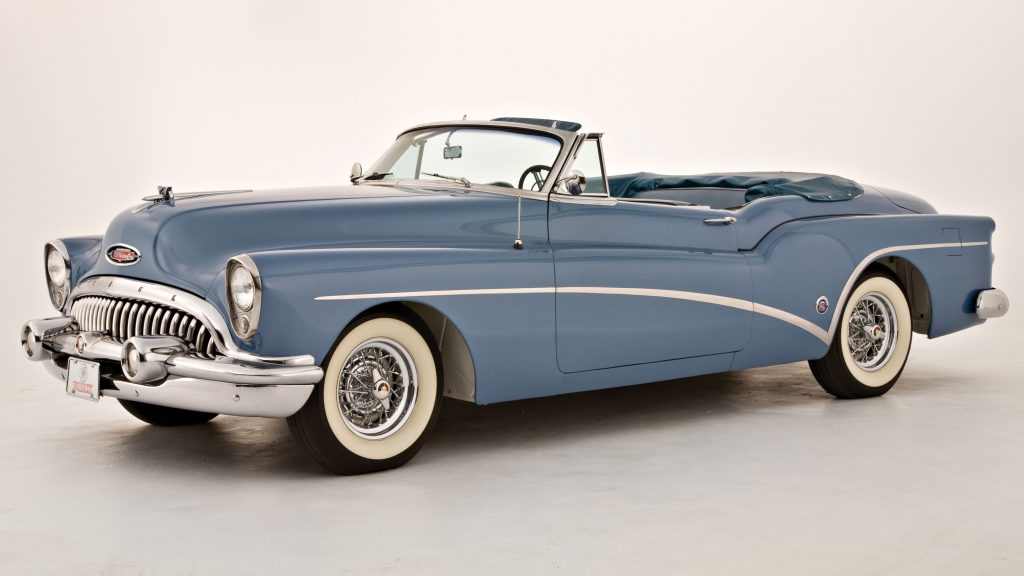
Sweepspear
Rub strips have been common in cars for a long time. Companies typically apply them on the sides so as to protect the body against everyday impacts. Buick began to offer something like that in 1942. It was the Airfoil, a chrome-plated steel strip designed as an extension of each front fender. That item first appeared as part of an appearance package for all Buick cars, but it eventually went through an evolution.
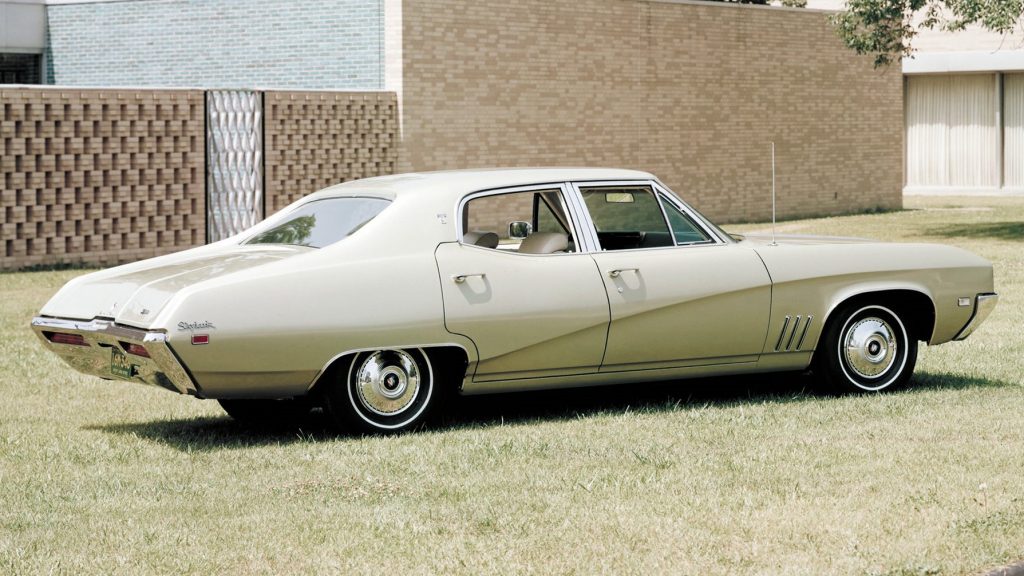
Starting with the 1949 Roadmaster, the Sweepspear was essentially a curved chrome-plated rub strip. As the picture above shows, it starts as a horizontal line above the front wheel, gently curves downwards up to in front of the rear wheel, then rises sharply as a curve above the latter to end in another horizontal line. In some 1950s cars with two-tone paint, it was used to separate the regions with each color.
Over time, Buick upgraded the concept. In the Skylark, it became a decorative crease that prevented the sides from looking empty. The solution was a good fit for that time, since cars were abandoning chrome trim after the 1950s. In the 1971 Riviera, it became a strong character line which could have a rub strip as well. Unfortunately, the Sweepspear eventually succumbed to the boxy design trend of the 1980s.
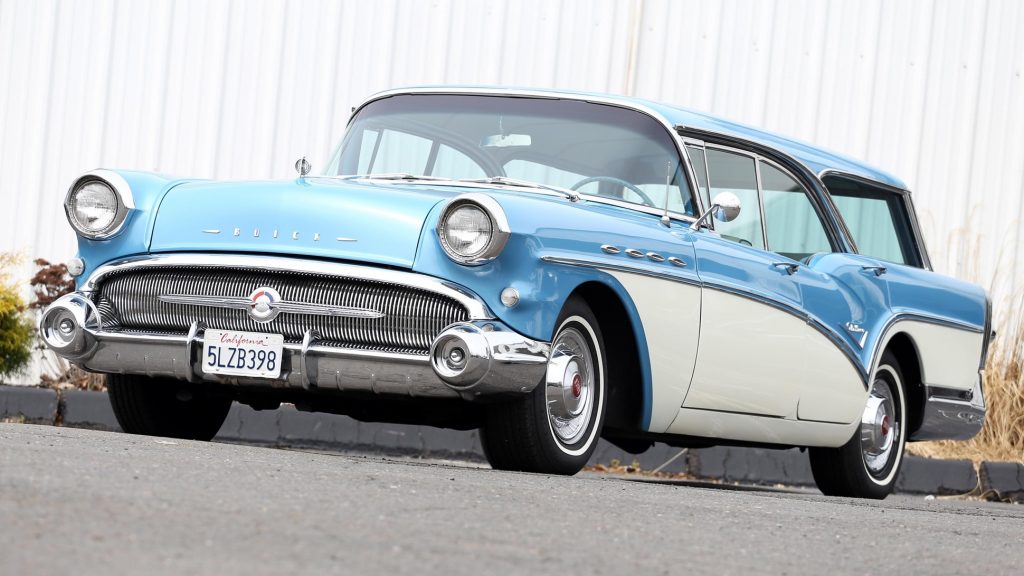
Dollar Grin and Waterfall grilles
Chrome trim was all the rage in the 1950s. North American cars used them everywhere, maybe because it gave them a fancy appearance. Up front, it was common to apply that trim to bumper and radiator grille. Buick cars adopted a horizontal oval grille which often took the whole width. First, there were few vertical slats that resembled teeth; that is why this particular grille design ended up nicknamed “dollar grin”.
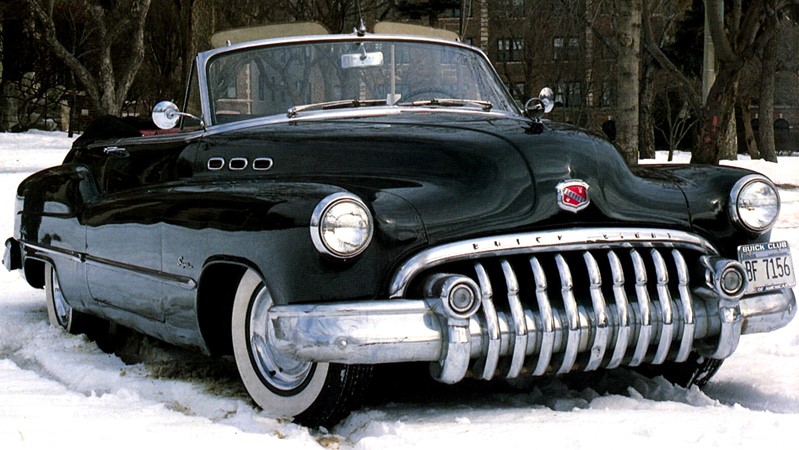
That element went to an extreme in 1950, when the slats were built in front of the bumper. While that was a creative look, it is good that Buick reverted it in the following year. After all, it looked too aggressive on most cars. Not to mention that hiding the bumper behind anything prevents its physical contact with any external object. In other words, that literally removed its function of protecting the car’s front end.
That trend faded in the 1960s and made room for a series of conventional, less-inspired grille designs. In the 1980s, Buick adopted a new model that resembled Rolls-Royce’s famous grille. The slats were vertical and prominent once again, but without the excess of yore. More recently, the Lucerne sedan brought a waterfall design that looks like a much more conservative interpretation of the old dollar grin grille.
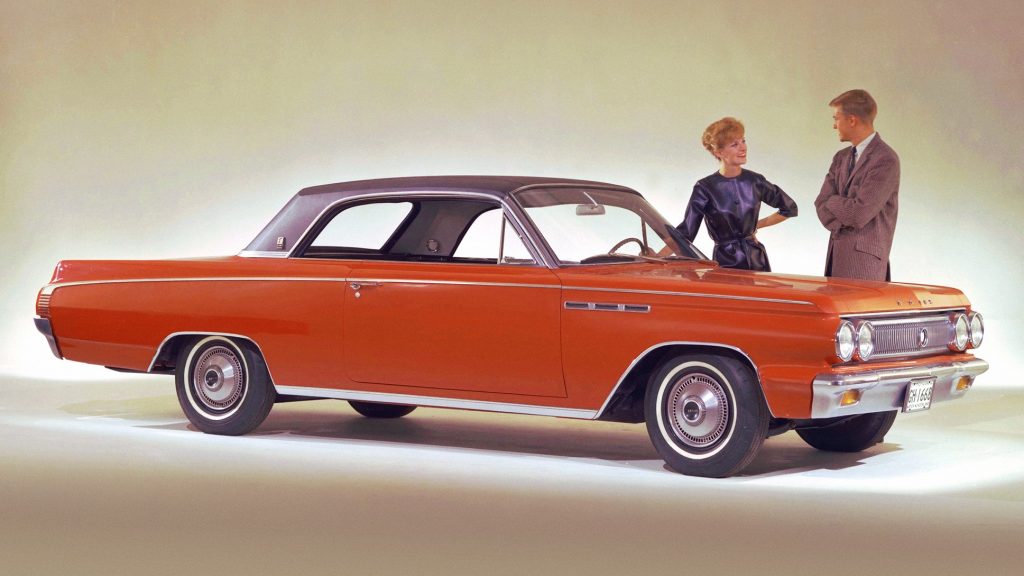
VentiPorts
Additional air outlets are a common feature among sports cars. While they do perform a useful function, they are mostly decorative in most cases. Buick began to use a special type of those in 1949. We can say they are special because they appear in all cars and could be either three or four on each side. However, there was no consistent rule about what made Buick choose how many to use on each car model.
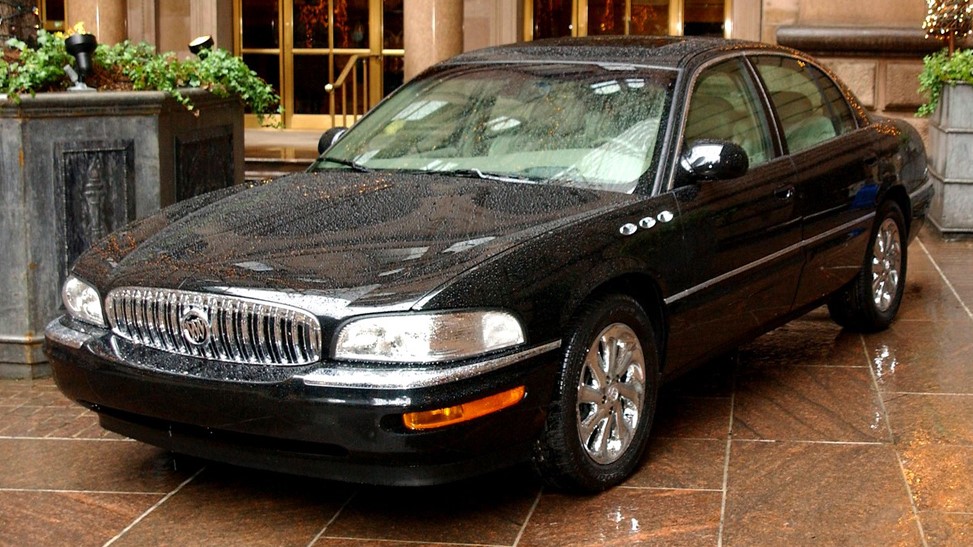
In short, VentiPorts were a partial way out for the hot and pressurized air in the engine bay. They featured a round design in the 1950s, but gradually evolved to match the subsequent design trends. The 1967 GS, for example, had tall and vertical ones. This feature was popular in Buick cars up to the 1970s although it was not always functional. It came back on the 1987 GNX, this time with a short and square design.
VentiPorts made a timid comeback on the 2003 Park Avenue Ultra but became a staple visual component in 2014. Nowadays, almost all current Buick cars use them, though not in the same way. The first Envision used them on the hood while the current Enclave‘s feature a single horizontal style. Some of the notable exceptions are the Verano and the modern-day Regal, which were badge-engineered GM creations.
You may also like
Buick cars used to have bland and conservative design, but that did not stop them from using powerful engines. That is the perfect combination for a sleeper car!
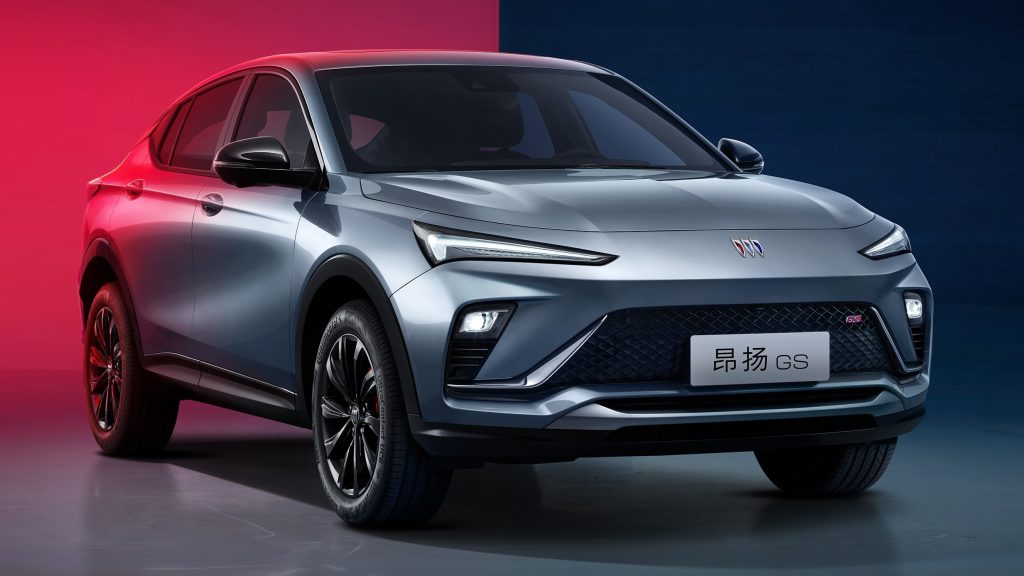
What about the new Buick design?
The Wildcat EV concept, released earlier this year, materializes the division’s latest plans. While the design elements break away with the previous ones – and any others Buick has ever applied, for that matter – we can see the same goal as before. The new Buick is still targeting the bulk of the luxury market, leaving the specialty vehicles to Cadillac. All it has done is take a modern and more characterful approach to it.
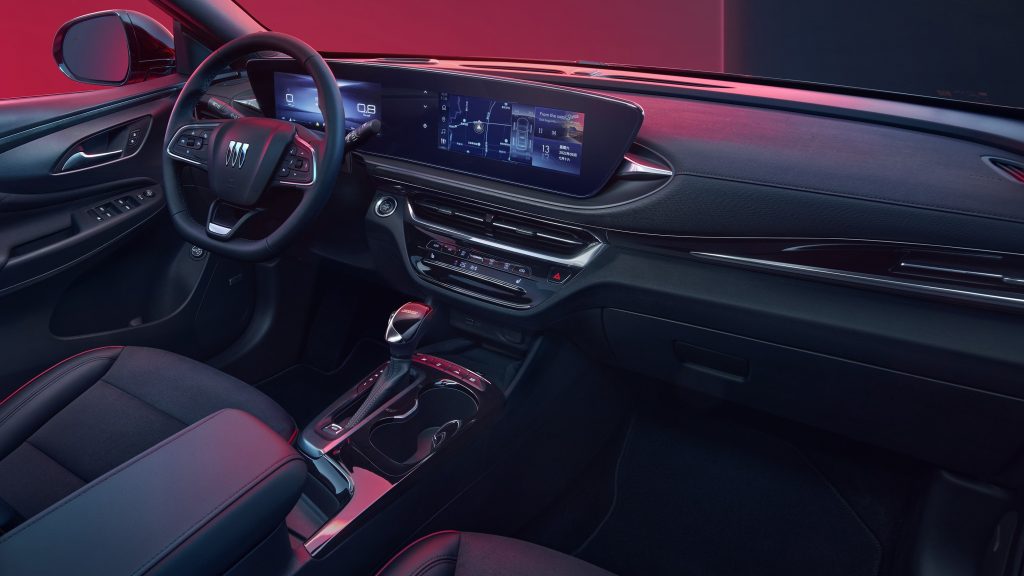
The front end is divided by a strong crease; headlights and logo lie above while grilles and auxiliary lights stay below. Side and rear show modern, yet generic lines; we can always hope that other upcoming cars bring new features to them. The cabin uses an opulent design based on horizontal shapes. The Envista is a compact coupé SUV, so it is not surprising that it features a simplified version of all those features.
2024 Buick Envista
The division has taken another step to further integrate its Chinese and North American operations. The Envista Buick is now available in US-spec too, and it comes in three trim levels. Preferred is the base one, while Sport Touring (ST) offers a more aggressive design and Avenir brings classic luxury bits. Then again, it stays true to the compact crossover segment: it will only use a 1.2L engine paired to front-wheel drive.
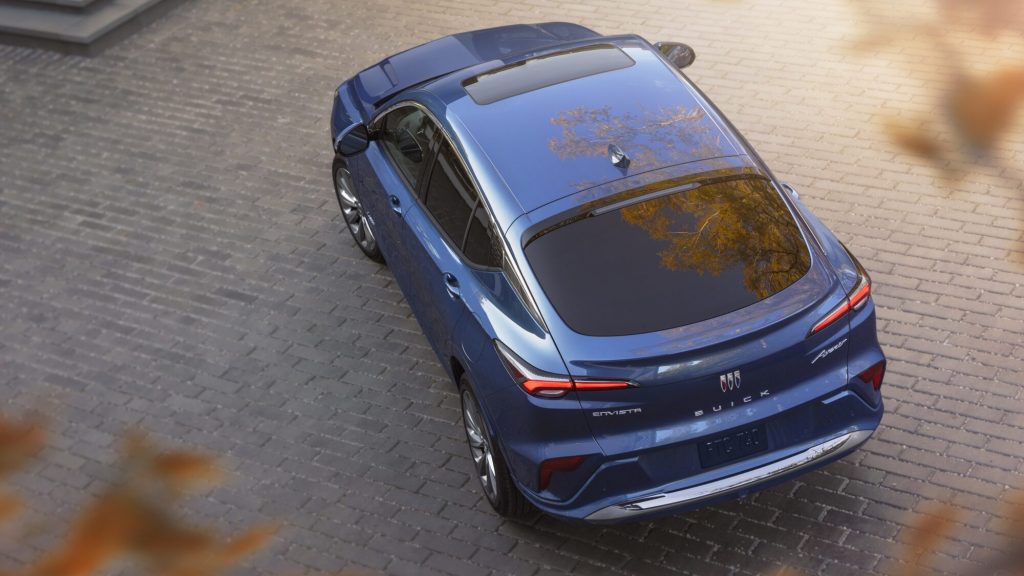
While seeing new cars is always interesting, Buick has yet to disclose its goals. GM’s current structure has room to make it compete with Alfa Romeo, Chrysler and even Audi, if it does things right. Now that it has fewer sister brands, it can properly compete between Chevrolet and Cadillac. The Envista is a reflection of Buick’s China and USA origins. Do you think they can make it a strong contender in the car market?
You may also like
BMW is another brand with a rich history in terms of design. Besides the double-kidney grille, the Hofmeister kink is another stalwart of its visual identity. What do you know about it?
Danillo Almeida has explored his passion for cars in two distinct ways. The first one is his graduation course in Mechanical Engineering, which will hopefully lead to a job position in the field. The other one is expressing his knowledge and opinions on the matter through writing. Almeida has already contributed to blogs, stores, and websites in general writing automotive content in many formats.


